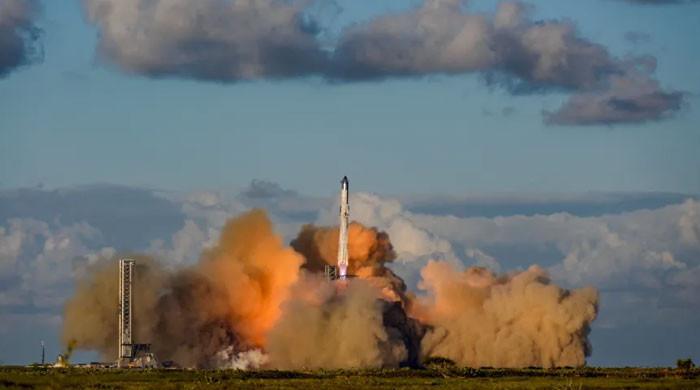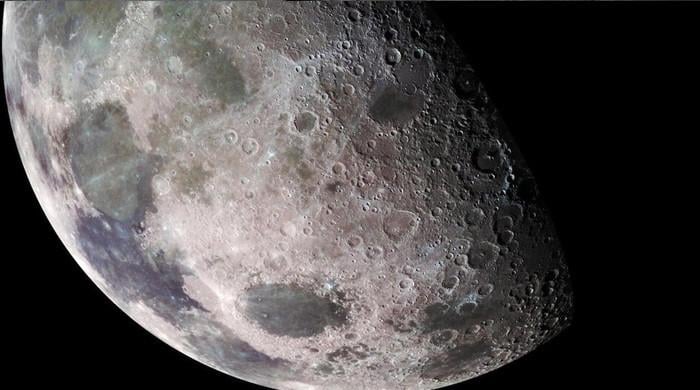This is how mornings, evenings on Mars look like through Nasa's Curiosity's eyes
Nasa's Curiosity took pictures on a clear day, also showing a mountain 54 miles from the edge of the crater
June 16, 2023
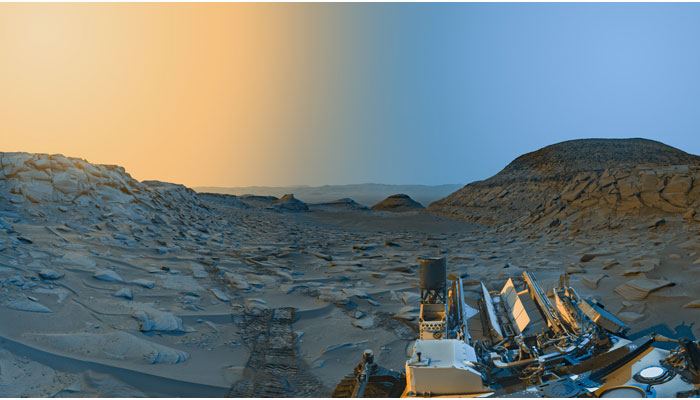
Scientists acquired pictures captured by Nasa’s Curiosity rover on Mars showing how different times on the Red Planet look like, allowing astronomers to have more insight into the planet.
Curiosity rover has been on Martian soil since 2012. It captured pictures on April 8, with black and white navigation cameras, according to a Nasa press release, capturing photos in the morning and evening time.
The pictures were then turned into panoramic images with colours added, in what Nasa termed a postcard, emphasising the difference between the two times the photos were taken.
The postcard showed several landmarks from Mars, including "Marker Band Valley," where Curiosity once found evidence that there may have been a lake on the site, and two hills named Bolivar and Deepdale.
At the edge of the photo is the rim of the Gale Crater, which Curiosity is exploring.
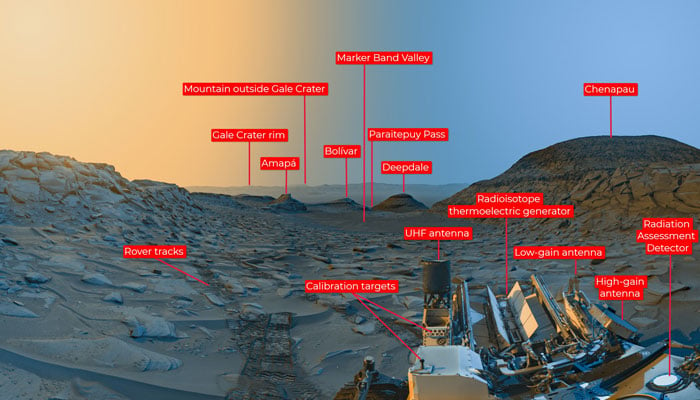
As the picture was captured on a clear day, Curiosity's image also reveals a mountain 54 miles from the edge of the crater.
The photo also shows an SUV-sized Curiosity itself and captures the rover's tracks across the dusty Martian landscape.
Even more impressive than landscape photography is what it teaches researchers about how the sun and shadows move on Mars.
"Anyone who's been to a national park knows the scene looks different in the morning than it does in the afternoon," said Curiosity engineer Doug Ellison of Nasa’s Jet Propulsion Laboratory.
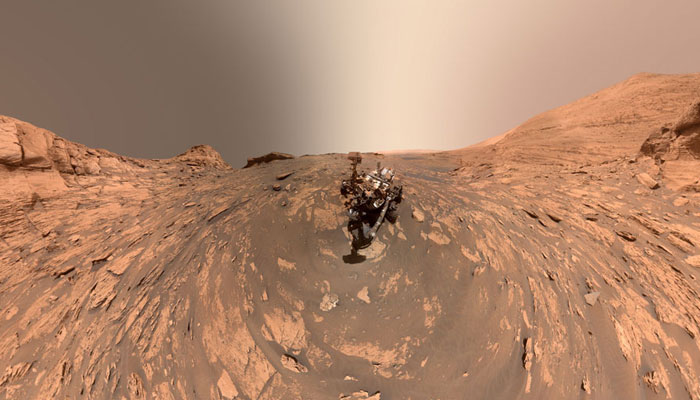
"Capturing two times of day provides dark shadows because the lighting is coming in from the left and the right like you might have on a stage – but instead of stage lights, we're relying on the sun."
In the afternoon photos, the shadows come from the right side, and the entire image appears darker.
Nasa also said that it was winter at the time the rover took these photos. During this time of the year on Mars, shadows are deeper and darker because dust levels in the Martian atmosphere are at their lowest.
"Mars' shadows get sharper and deeper when there's low dust and softer when there's lots of dust," Ellison said.
The Curiosity rover is working to search for conditions and traces from past and present for life.

